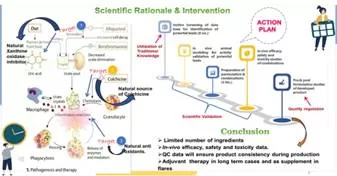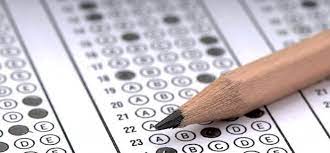In a groundbreaking study published in the Asian Journal of Psychiatry, researchers have unveiled a promising head-mounted device that generates an ultra-low frequency magnetic field, potentially offering a new, noninvasive treatment for major depressive disorder (MDD). The innovative device, which emits a magnetic field in the Extremely Low Frequency (ELF) range—typically from 0 to 300 Hz—has demonstrated encouraging results in a preliminary trial.
Exploring the Mechanism
The interaction between magnetic fields and biological systems is complex and not yet fully understood. However, ELF magnetic fields are believed to stimulate mitochondria, the cell’s energy generators, which could help alleviate symptoms such as lethargy commonly associated with depression. This novel approach aims to harness the magnetic field’s potential to promote mitochondrial renewal and enhance overall energy levels.
Clinical Trial Insights
Led by Professor Toshiya Inada from Nagoya University Graduate School of Medicine and Masako Tachibana of Nagoya University Hospital, the exploratory study enrolled four male Japanese participants aged 18 to 75, all diagnosed with major depressive disorder. Over the course of eight weeks, participants used the head-mounted device for two hours daily, exposing them to the ELF-ELME.
While the study’s small sample size and lack of a control group limit the scope of its conclusions, all participants reported a reduction in their depressive symptoms. These preliminary findings suggest that larger-scale trials could be viable and potentially transformative for depression treatment.
Potential for Change
Professor Inada is optimistic about the device’s future. “The magnetic field generated by our device is non-invasive, with exposure levels significantly lower than both the Japanese geomagnetic field and international safety standards,” he noted. “Our goal is to offer a treatment that patients can use comfortably at home, without the awareness of being in a low magnetic field environment.”
He highlighted the advantages of this device over traditional treatments such as long-term antidepressant medications, electroconvulsive therapy, and repetitive transcranial magnetic stimulation. “Our device presents a more convenient and potentially safer alternative, especially for patients who prefer to avoid medication or seek complementary treatments.”
The study paves the way for further research and could significantly impact clinical practices if subsequent trials confirm its efficacy. As the search for innovative and accessible depression treatments continues, this head-mounted magnetic device stands out as a hopeful advancement in mental health care.
Reference: Tachibana, M., Inada, T., Kimura, H., Ito, M., Kuwatsuka, Y., Kinoshita, F., Mori, D., & Ohno, K. (2024). Extremely Low Frequency, Extremely Low Magnetic Environment for depression: An open-label trial. Asian Journal of Psychiatry. DOI: 10.1016/j.ajp.2024.104036












